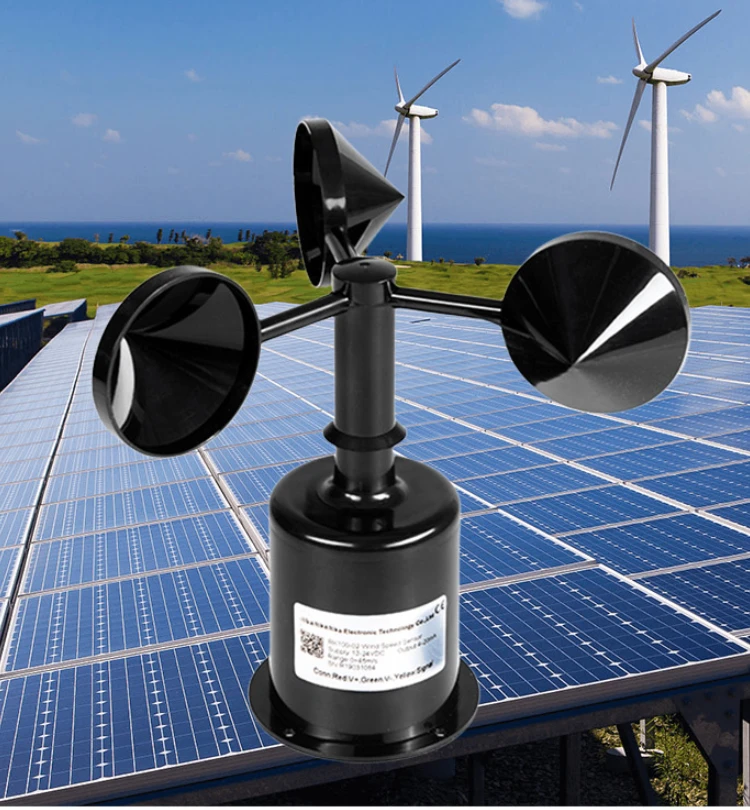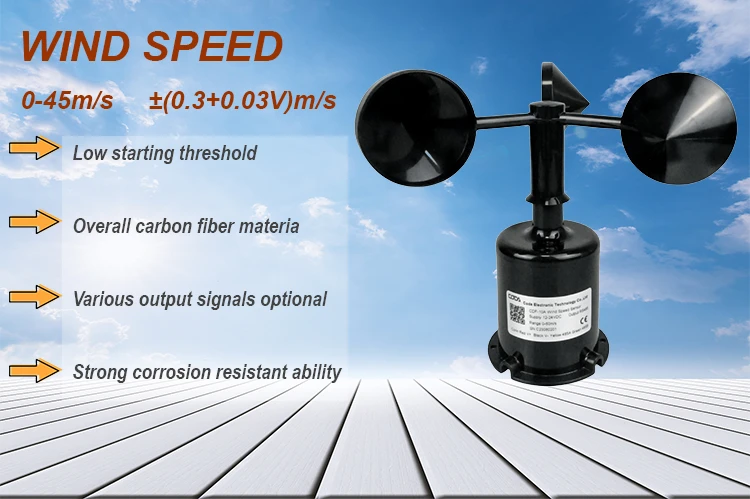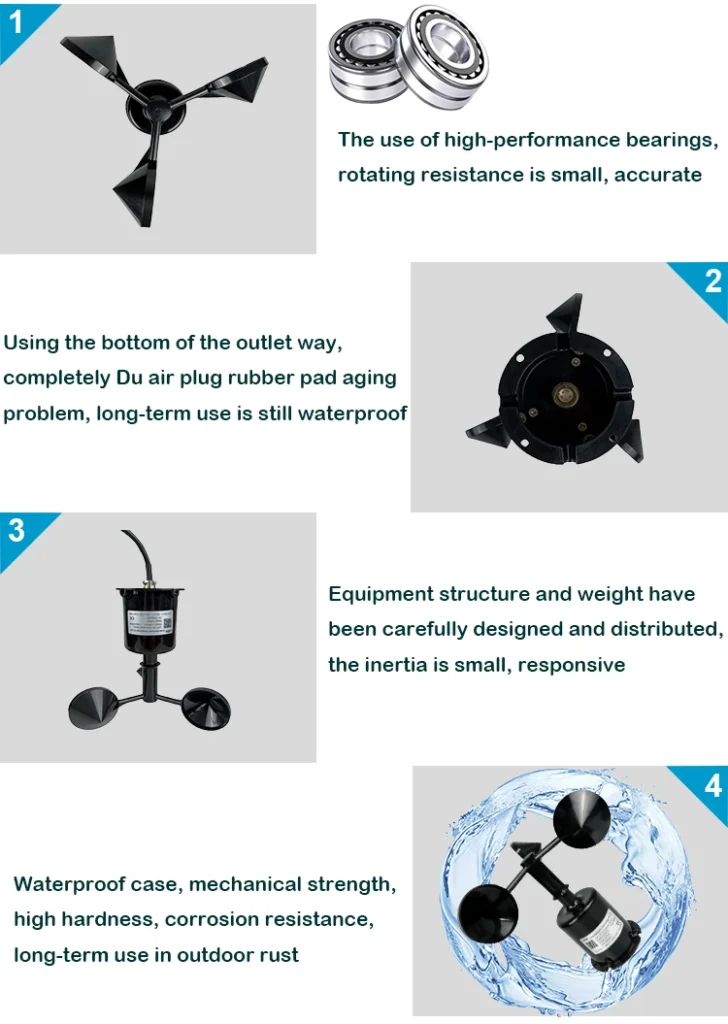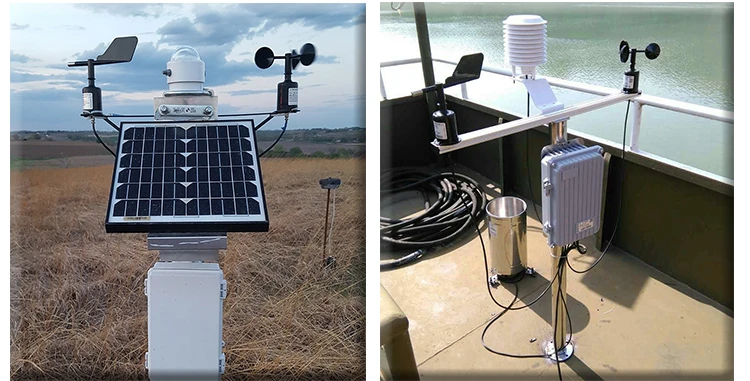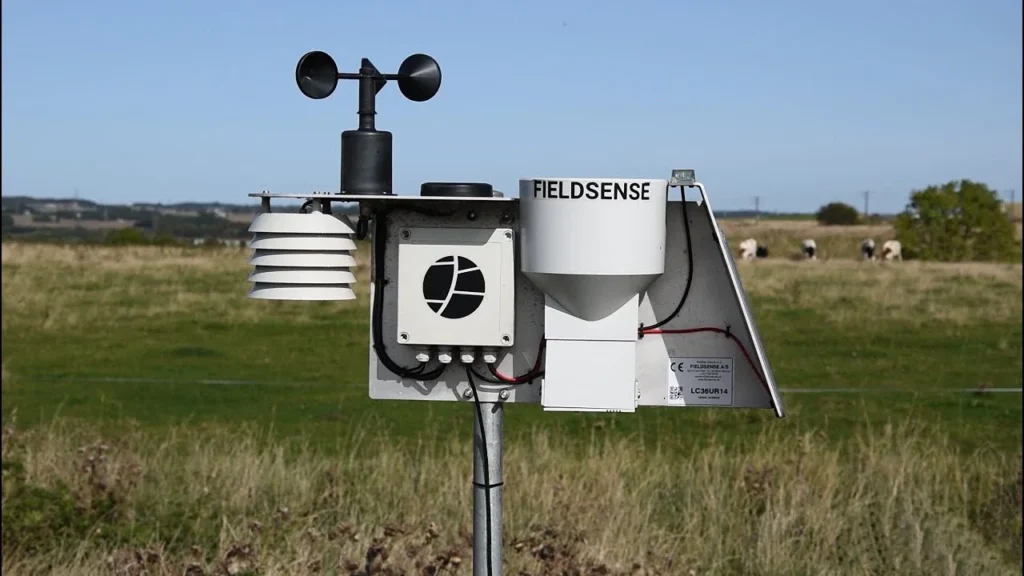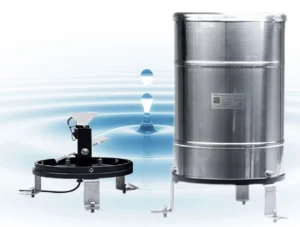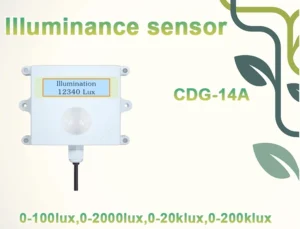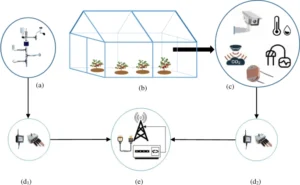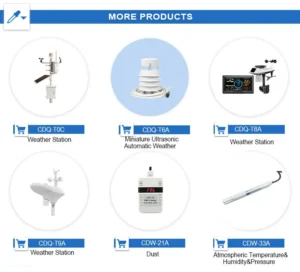Anemometer: Application, Function and Value
Anemometer, as a fundamental instrument in various scientific and practical arenas, is an instrument used to measure wind speed. Notably, it is widely used in meteorology, environmental protection, aviation and other fields. Subsequently, this article will focus on the scope of application, role and value of anemometers.Let’s learn about anemometer uses.
First, the application scope of anemometer
Meteorological monitoring: anemometer is one of the indispensable equipment in meteorological monitoring. In meteorological observation stations and meteorological radar stations, anemometers can provide real-time wind speed and direction information to help meteorologists predict weather trends.
Environmental monitoring, people widely use anemometers, like in urban areas and industrial parks to monitor air pollutant diffusion, assess air quality and pollution levels.
In aerospace, engineers use anemometers to measure the speed and direction of airflow around a vehicle.This helps pilots and flight control systems to better manoeuvre the aircraft, improving flight safety and stability.
Energy utilisation: In wind farms, anemometers monitor wind speed and direction to assess the efficiency and stability of wind turbines. This helps to optimise energy use and power scheduling, reducing energy costs.
Scientific research: Anemometers are also used in scientific research. For example, anemometers can provide valuable data support in areas such as aerodynamic research and climate change studies.
Second, anemometer uses and value of anemometers
Provide real-time data: Anemometers can provide real-time wind speed and direction data to help users understand the environmental conditions in a timely manner. People can use these data for meteorological forecasting, air quality warning, energy scheduling and other application scenarios.
Guiding Decision Making: The data provided by anemometers can help decision makers make more informed decisions. For example, in environmental monitoring, when the anemometer shows a change in wind direction, it can alert the environmental protection department to initiate pollution control measures in a timely manner.
Improved safety: In aerospace, anemometers can help pilots and flight control systems better manoeuvre their aircraft. Measuring wind speed and direction allows us to understand the fluid dynamics around the vehicle, thereby improving flight safety.
Facilitating scientific research: Anemometers provide important data support for scientific research. By monitoring and analyzing long – term wind speed and direction data, we can better understand the laws and mechanisms of natural phenomena like climate change and air pollution dispersion.
Optimising energy use: In wind farms, by using anemometers to monitor wind speed and direction, it is possible to optimise the operational efficiency of wind turbines and power dispatch. This helps to reduce energy costs and also helps to reduce dependence on fossil fuels for sustainable development.
conclusion
In summary, anemometers, as an important measuring instrument, play an important role and are valuable in a number of fields. By using the data provided by anemometers, we can better understand environmental conditions, improve safety, promote scientific research and optimise energy use. With the continuous progress and innovation of science and technology, people believe that they will further expand and enhance the scope of application, as well as the role and value, of anemometers in the future.
